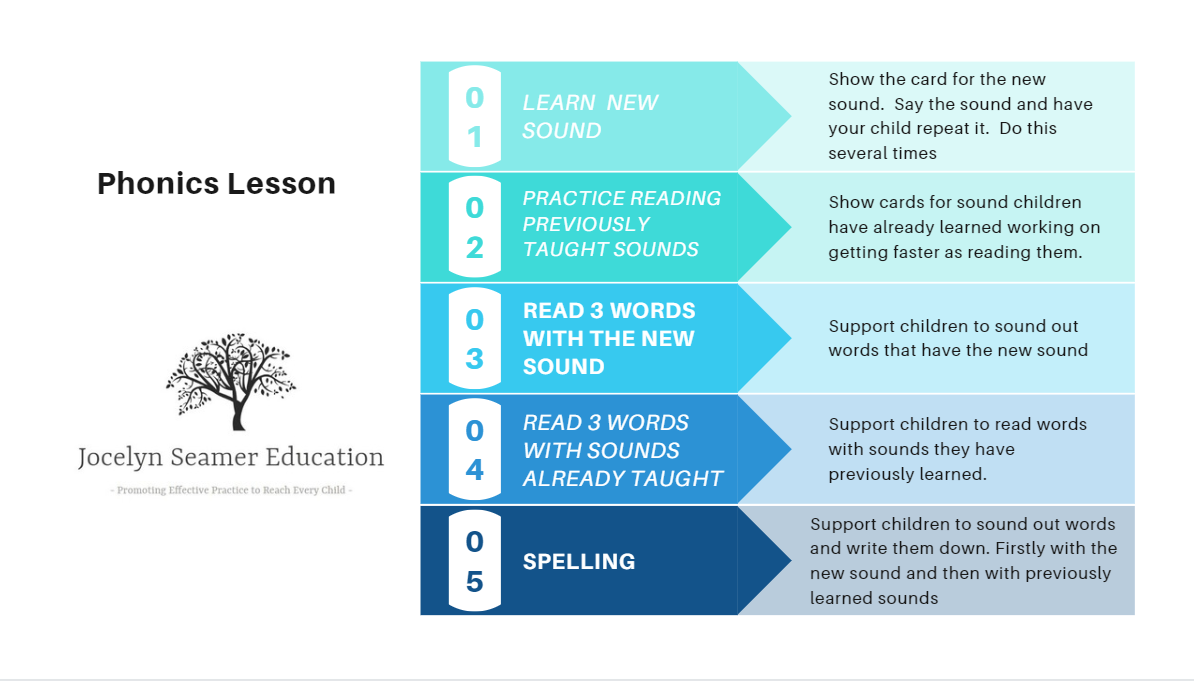Applying the 80/20 Rule in the Reading Classroom

We teachers often lament the lack of time and the overcrowded curriculum. Now I’ll grant you that I think we could leave out a whole chunk of ‘stuff’ and our kids would be just fine, but when it comes to reading instruction what would it mean to us if we could view our time through a lens of ‘only do what is the most important?’.

The 80/20 rule, known as the Pareto Principle, states that 80% of the results come from 20% of the effort. While these numbers aren’t an exact science they do lead to an interesting question. How can we get the biggest ‘bang for the buck’ in the time we have? Here are my top 5 suggestions for maximising results in the least time possible:

- Cut Out the Nonsense
At this point I would like to remind you that the name of this blog is ‘The No-Nonsense Educator’! There are no shenanigans in my classroom unless they are initiated by me. This helps everyone focus on learning.
Nonsense can include any of the following:
- Students messing around coming into class
- You having to repeat yourself to give instruction
- Students asking, “What do I have to do?” or not following instructions in the first place
- Having to rearrange students on the mat because they are talking to each other
- Students calling out
All of these nonsense behaviours, which I tell students are time wasting behaviours, can be addressed through the introduction of strong classroom routines; things that are done the same way each and every time you do them. That means allocated seating on the mat and at desks, managing the way that children move around the classroom (not having all of your classroom supplies in the one place so that every child is getting glue sticks at the same time). To that end, have monitors for each row or group to collect resources that are located in stations spaced around the room.
Be insistent, persistent, and consistent in your expectations of student behaviour.
-If children mess around entering the classroom, ask them to leave the room and try again.
-Use a non-verbal signal to get children’s attention before giving instructions. Don’t speak until they are all silent.
-Use visuals and call & response to ensure that all children can hear and understand your instructions. Have your students ‘talk to a partner’ and repeat your instruction before sending them off.
- Ask a segment of your class to demonstrate for everyone else how to put your instruction into practice, silently and quickly. Only then ask everyone else (or another segment of your class) off to do the same
-Ask students to move silently around the classroom, not just quietly. ‘Quietly’ leads to chatter, tapping, bumping and off task behaviour. ‘Silently’ gets children in place and ready to learn quickly.
All of this might sound over the top, but establishing strict routines and expectations will eliminate a whole bunch of wasted time and frustration in your day.

- Evaluate Your Planning and Non-Contact Time:
Do you find yourself wasting your non-contact/DOT time, staying at school longer than you wanted to or working on the weekend? Are all of the things on your to-do list really necessary? When you are planning or preparing for lessons are you being productive or just busy? To answer this question, ask yourself ‘what would happen if I didn’t do this?’
In his book, ‘The 4 Hour Work Week’, Timothy Ferriss asks us to consider the following scenario. You only have 2 hours each day available to you. What do you do in these two hours that will keep your business running?
I ask you to run this scenario in relation to your planning and preparation. You only have 2 hours each day (only 5 days per week, no weekend work!). What do you spend your time on that will keep your students learning?

- Create sustainable, repeatable routines for learning.
These instructional routines provide certainty for students and lead to much better learning outcomes because they free up children’s cognitive load to focus on the content. They also do the same for you. If you use the same routines each day to teach phonics, phonological awareness, vocabulary and background knowledge you do not have to plan for those lessons beyond changing out the content. That means that planning and preparation is minimal and you save a whole lot of time.

- Make data collection your friend and prioritise explicit teaching
In examining the effectiveness of your classroom activities and deciding on which 20% gives your students the biggest boost to learning, review your student data. Connect the dots between growth and classroom activity. I will bet you $5 that the lessons and activities that lead to be largest growth are the explicit teaching routines. Group rotations, free writing, student choice ‘can do’ tasks and other less structured activities are far less likely to lead to strong student growth. That’s not to say that relaxing quiet reading after lunch isn’t time well spent or that ‘tub time’ in the foundation year should be abandoned (it is great to teach self-regulation!) but these things will not lead you to the student growth that you are looking for. If you can’t fit everything in, drop the least structured things in your day.

- Focus on Phonics
In terms of decoding, the lesson that makes the biggest difference is your phonics lesson which includes blending and segmenting. Making this as effective as possible (by applying the suggestions from points 1, 3 & 4 in this post) will mean that the 30 minutes each day you spend on phonics will lead to enormous reading growth, particularly for your foundation students.

It is 100% true that teaching is an all consuming activity at time (particularly reporting time), however making some smart choices and letting go of the things that do not lead to great student results will free up your time, cognitive load and wellbeing to focus on what counts. Your students.
Looking for an overview of what the Science of Reading looks like in practice? You can download my free guide 'How to Teach Reading in the First Year of School' below.



2 comments
Very easy to follow and practical strategies to get students atention and create love for learning.
Huge thanks for posting and allowed me have a free download
take care
regards
shivdev
Thanks Jocelyn. Great post.
Leave a comment